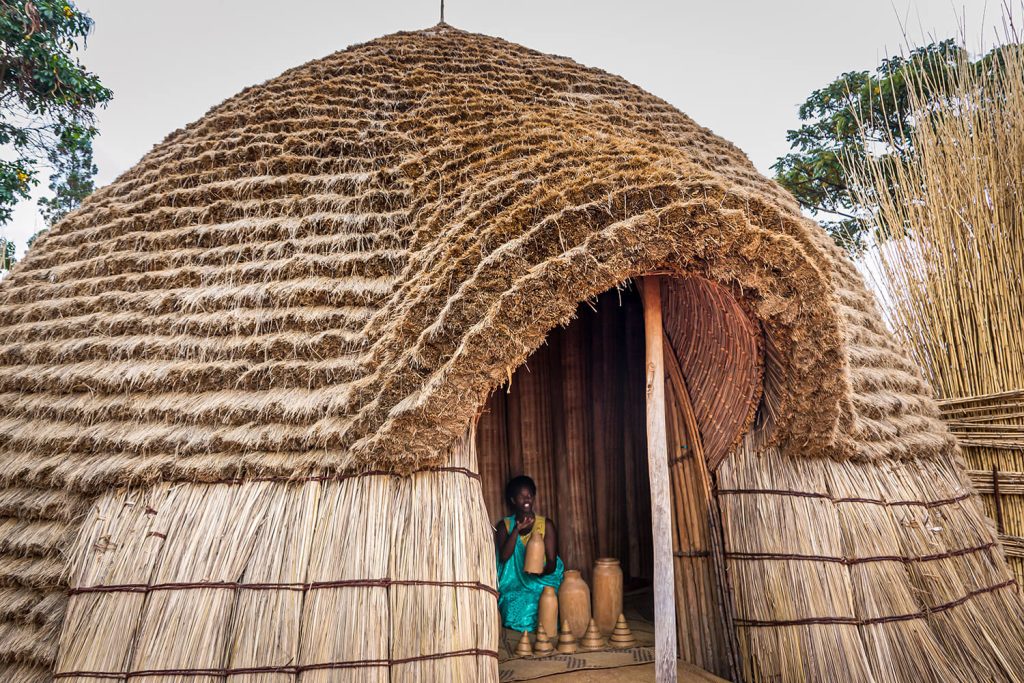
Exploring Colonial-Era Towns in Rwanda
Exploring Colonial-Era Towns in Rwanda
The country of Rwanda stands out because of its beautiful landscapes and diverse wildlife, yet its historical narrative extends far beyond the well-known parks and gorilla encounters. Visits to Rwanda’s colonial towns represent an underexplored part of tours because these towns preserve European influences that shaped Rwanda’s architecture and cultural development, and urban design. Visiting these towns enables travelers to discover Rwanda’s historical past while offering them unique opportunities to learn about the nation’s strength.
A Glimpse into Rwanda’s Colonial Past
Rwanda experienced German and then Belgian colonial control from the late 1800s until the beginning of the 1900s. The colonial government set up administrative centers, which developed into the present-day delightful small towns. Rwanda’s mountainous landscape, together with its fragmented royal system, restrained the development of large colonial settlements that occurred in neighboring territories. The colonial legacy continues to be visible in specific place,s which provide excellent opportunities for visitors to explore history and culture.
Nyanza: The Royal Capital of Rwanda
Nyanza serves as the traditional capital of the Rwandan monarchy yet demonstrates colonial architectural elements throughout its history. Nyanza exists in the Southern Province as the site where Belgian authorities modernized the traditional royal court. The town of Nyanza displays colonial-style structures next to the King’s Palace Museum, that combines local architecture with European features. Travelers who want to experience a historical journey through Rwanda should make Nyanza their first stop because its spacious streets lined with trees recreate a sense of the past.

Butare (Huye): Rwanda’s Intellectual Heart
Travelers who want to explore Rwanda’s colonial towns should include Butare in their itinerary as it is now known as Huye. During colonial times, Butare received its designation as an administrative center with the purpose of developing into Rwanda’s intellectual capital. The University of Rwanda operates its Huye campus from the town, which was established by Catholic missionaries. The architectural designs in this area resemble European styles from the early 20th century, with particular emphasis on the campus buildings and the Ethnographic Museum, which stands as one of Africa’s best cultural institutions. Huye’s colonial past exists subtly throughout its parks and churches, and street organization, which creates an atmosphere of peaceful scholarly life that differs from all Rwandan towns.
Kibuye (Karongi): Colonial Charm by Lake Kivu
The administrative officials of the colonial period chose Kibuye (now Karongi) as their preferred destination to escape from Kigali’s active atmosphere because it sits along the beautiful shores of Lake Kivu. Karongi exists today as a peaceful lakeside community that attracts visitors because of its picturesque sunsets and calming atmosphere. The colonial heritage remains visible in Kibuye’s old town layout because European-style buildings blend with contemporary Rwandan development. Travelers seeking a peaceful lakeside experience along with historical exploration will find Karongi to be the ideal destination.
Rwamagana: A Quiet Colonial Legacy
Rwamagana lies to the east of Kigali as a small town with colonial origins that maintains its relaxed atmosphere. Rwamagana served as a colonial stopover on the Kigali-to-eastern route in the past and continues to exhibit its colonial heritage through churches, together with administrative buildings. The town continues to evolve through modernization, yet maintains its peaceful streets and historic sites, which create value for cultural tours in Rwanda.
Why Explore Rwanda’s Colonial-Era Towns?
Travelling to Rwanda’s colonial-era towns after visiting national parks and genocide memorials allows visitors to understand the complex identity of the country. Rwandan communities have shown remarkable strength to protect their traditions by including colonial elements into their developing national historical framework. These towns provide visitors with enriching, authentic experiences regardless of whether they take Rwanda cultural tours or focus on historical sites, or want to experience local culture.
Rwanda’s historical towns can be explored successfully by following these travel tips.
The excellent road network throughout Rwanda enables visitors to travel between Nyanza and Huye and Karongi and Rwamagana by using private cars or buses. A guided Rwanda tour package with expert knowledge will improve your travel experience.
The towns provide various lodging options, including guesthouses along with boutique hotels, and lakeside lodges that are housed in or built after colonial-era architecture.
The best months to explore both towns and wildlife or gorilla trekking in Rwanda are the dry seasons, which run from June to September and December to February.
Travelers can experience a comprehensive Rwanda holiday by uniting cultural town visits with Nyungwe Forest National Park, Akagera National Park or the resort towns surrounding Lake Kivu.
Conclusion on Exploring Colonial-Era Towns in Rwanda
Rwandan colonial-era towns provide visitors with an opportunity to travel through historical periods beginning with royal courts, leading to European missions before ending in administrative centers. Every town presents distinctive narratives and a peaceful atmosphere, together with genuine encounters with the local community, which enhance the historical experience. People who wish to experience Rwanda in depth should visit these delightful historical towns as part of their tour to gain a fuller understanding of this country.


